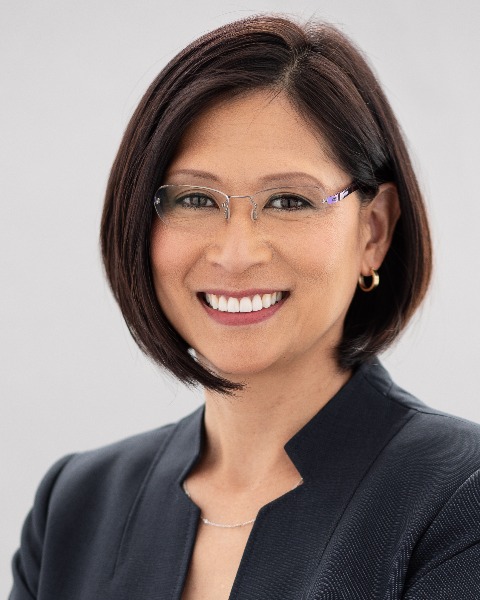Education/Quality/Wellness
Let's Make a Deal: Finding a Job and Securing a Favorable Contract
The Intersection of Race and Gender in the Cardiothoracic Workforce: A Study of Representation and Salary
Monday, January 29, 2024
3:30 PM - 3:42 PM CT
Location: Stars at Night Ballroom 2&3
C. Erkmen1, K. Chin2, W. Merrill3, M. B.. Antonoff4, D. Cooke5
1Temple University Hospital, Lewis Katz School of Medicine, Philadelphia, Pennsylvania 2Lewis Katz School of Medicine at Temple University, Hillsborough, New Jersey 3Vanderbilt University Medical Center, Nashville, Tennessee 4The University of Texas MD Anderson Cancer Center, Houston, Texas 5University of California, Davis Medical Center, Sacramento, California
1Temple University Hospital, Lewis Katz School of Medicine, Philadelphia, Pennsylvania 2Lewis Katz School of Medicine at Temple University, Hillsborough, New Jersey 3Vanderbilt University Medical Center, Nashville, Tennessee 4The University of Texas MD Anderson Cancer Center, Houston, Texas 5University of California, Davis Medical Center, Sacramento, California

Cherie Erkmen, MD (she/her/hers)
Professor
Temple University Hospital, Lewis Katz School of Medicine
Philadelphia, Pennsylvania, United StatesDisclosure(s): No financial relationships to disclose
Presenting Author(s)
Purpose: Previous collaborative work between The Society of Thoracic Surgeons Workforces on Cardiothoracic Surgery Practice Models and Diversity, Equity and Inclusion has demonstrated gender disparities in representation and salary of cardiothoracic surgeons. Our purpose was to understand the intersection of gender and race on both representation and salaries in cardiothoracic surgery.
Methods: We performed a cross-sectional analysis of data collected by the Association of American Medical Colleges (AAMC) Faculty Data for U.S. Medical School Faculty in 2021 and 2022. The number of academic cardiothoracic surgery faculty members in 2022 and median salaries averaged between 2021 and 2022 stratified by academic rank, gender, and race/ethnicity were studied. We reported salaries as a percentage of White men’s salaries in cardiothoracic surgery. Salaries were not reported for race/ethnic subcategories that had fewer than 5 people.
Results: Diversity is greatest at the academic rank of assistant professor with 18% women (7% Asian, 2% Black/African American, 9% White). Asian men, Black/African American Men, Latino/Hispanic men, White men and those with other race/ethnicity were 24%, 2%, 5%, 49%, 2% of the assistant professor population, respectively. The academic ranks of associate professor, professor, chief and chair were predominantly White men (55%, 70%, 60%, 75%, respectively). Asian men (16-27%) and White women (6-11%) were the 2nd and 3rd most represented demographic groups. All other demographic groups comprised less than 8% of the academic ranks. At the academic rank of assistant professor, Asian women earned 75%, Asian men earned 89%, and White women earned 91% the median salaries of their White male colleagues. White women earned 78% and 81% of the salary of their White male colleagues at the rank of associate and professor, respectively. Because the representation in other demographic groups was low, salary data could not be compared.
Conclusion: Gender, race/ethnicity disparity in cardiothoracic surgery persists, with especially low representation of minority women. Though the academic rank of assistant professors has the most diversity, salary disparity undermines equity. Promoting diversity of the workforce and pay equity is a critical priority to recruit and retain the best people to cardiothoracic surgery.
Identify the source of the funding for this research project: None
Disclosure(s):
Cherie Erkmen, MD: No financial relationships to disclose
